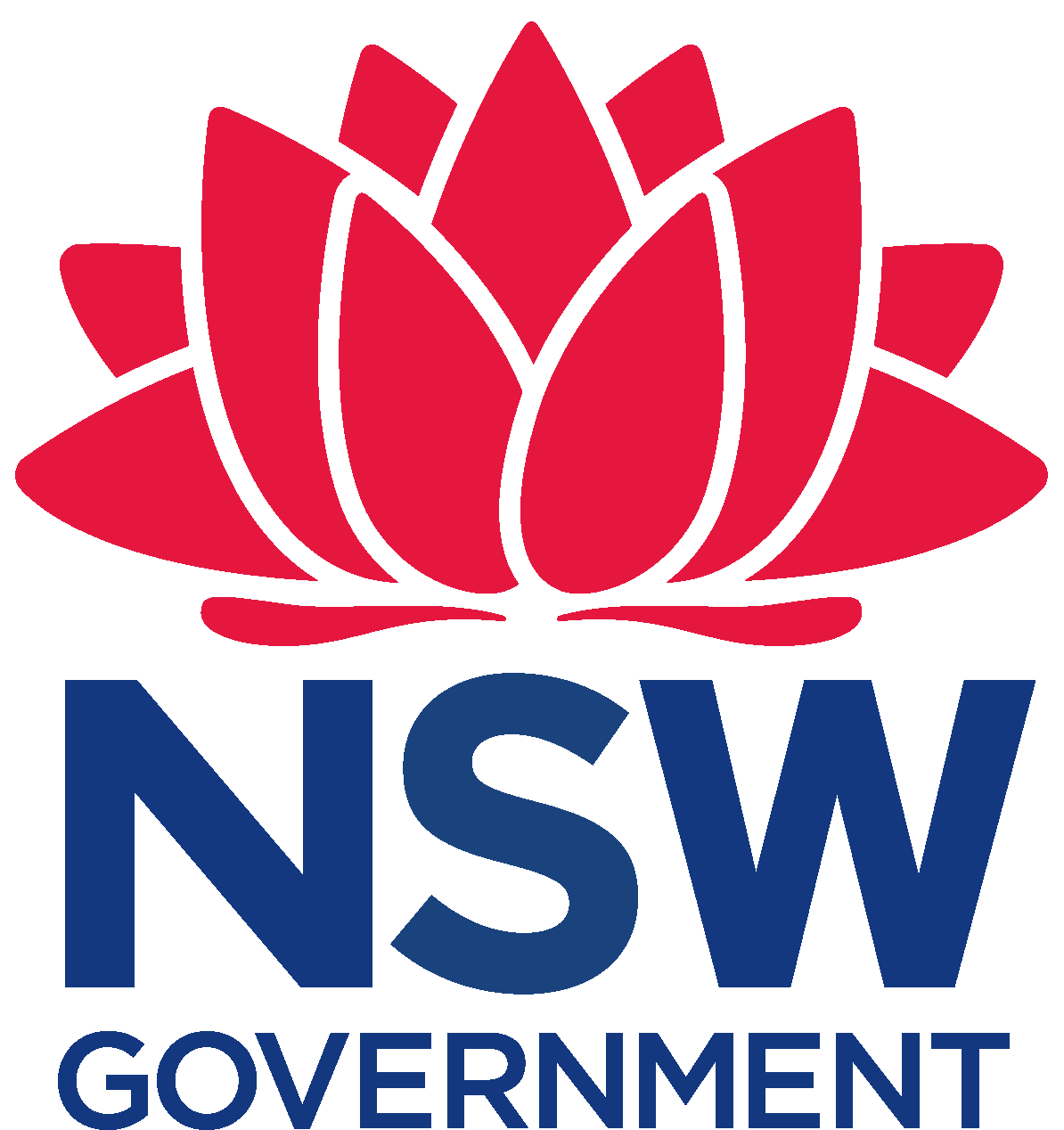The below article is a commentary by CEO of RFCS NSW, Craig Hough following his recent attendance at the ABARES outlook conference.
The annual Australian Bureau of Agricultural and Resource Economics (ABARES) Outlook conference was held in Canberra on 5-6 March 2024. Topics included economic outlook, farm performance, markets and trade, risk and resilience, workforce, R&D, biosecurity climate change, water, indigenous engagement and consumers. A range of speakers, including the Minister for Agriculture, and panels from government, industry and not for profit agencies presented on the topics.
The key highlight was agriculture’s gross value of production (output x price) is forecast to rise by 6% to $85 billion in 2024–25. This is due to improving seasonal conditions and price recovery across most commodities. Despite this the nominal value of agricultural exports is forecast to fall by a further 5% to $64 billion, which is on the back of a 14% fall in 2023–24. The rebound forecast coupled with three consecutive years of strong farm production, returns and equity growth, in particular land values, are mitigating the impacts of a 7% decline in prices and high production costs, including rising interest rates, in 2023-24.
The headlines for the sector in each topic area are:
- Markets and trade – Currently there are about $850 billion in agriculture support subsidies in existence around the world. A significant portion of this is trade distorting and causing environmental harm i.e. excessive production. As one of the least subsidised in the world Australia benefits more from free trade agreements and reduction in non-tariff barriers from many of its competitors. A concerted effort to remove and/or redirect the subsidies via the WTO and other international processes will not only improve market access but help the world meet its sustainability challenges.
- Risk and resilience – Various government initiatives are being delivered to reduce the impact of and strengthen recovery from natural disasters including drought. One of the flagship initiatives is the Australian Government’s Future Drought Fund. The government has been consulting with industry stakeholders to determine how the next tranche of $400 million over four years from 1 July 2024 will be spent.
- Workforce – Farm worker shortages are now being resolved from the country’s economic slowdown and softening of the labour market and record level immigration. The challenge going forward will be more about how the sector maintains a workforce that is skilled for managing automation like AI and undertaking a more diverse range of tasks on the farm and down the supply chain.
- R&D – Step change is required to increase Australian agriculture’s productivity. A 0.6% productivity growth rate over the past 20 years is not enough to improve Australia’s international competitiveness and mitigate the impacts of climate change.
- Biosecurity – A new biosecurity levy will be imposed on 1 July 2024 to fund the Australian Government’s Biosecurity Plan. Importers will pay 48% of the biosecurity costs, taxpayers will contribute 44%, producers 6% and Australia Post 2%. The funding split is based on the principle that biosecurity is a shared responsibility between risk creators and beneficiaries.
- Climate change – Agriculture’s share of emissions is forecast to increase as other sectors like stationary energy reduce their emissions at a greater rate over the near term. The government is currently developing an Agriculture and Land Sector Plan to help drive emissions reduction and climate adaptation on farm and through the supply chain.
- Water – Completing the Murray Darling Basin Plan in full is a priority for the Australian Government. The Commonwealth Environmental Water Holder, the government agency responsible for trading and delivering water to enhance environmental outcomes currently holds approximately 15% of entitlements in the Basin. ABARES analysis has found the impacts of environmental water trade on irrigators are largely neutral.
- Indigenous engagement – Indigenous farming, including the use of fire, has been around for some 60,000 years. Engaging indigenous people on country could help protect against extreme bushfires, generate more products that have benefits such as a health boost, increase reconciliation and aboriginal wealth via employment and business profitability.
- Consumers – More consumers are wanting information on providence and credentials of farm products. This not only relates to quality and safety but animal welfare, emissions and other ethical standards. Traceability, transparency and responsiveness to sustainability frameworks are critical to not only servicing these requirements but maintaining the sector’s social licence to operate.
A copy of the Minister’s speech can be accessed via:
Read more
A copy of the March 2024 Agricultural Commodities Report by ABARES can be accessed via:
Click here
For further information on the conference, including the program and speakers, click on:
Find out more



